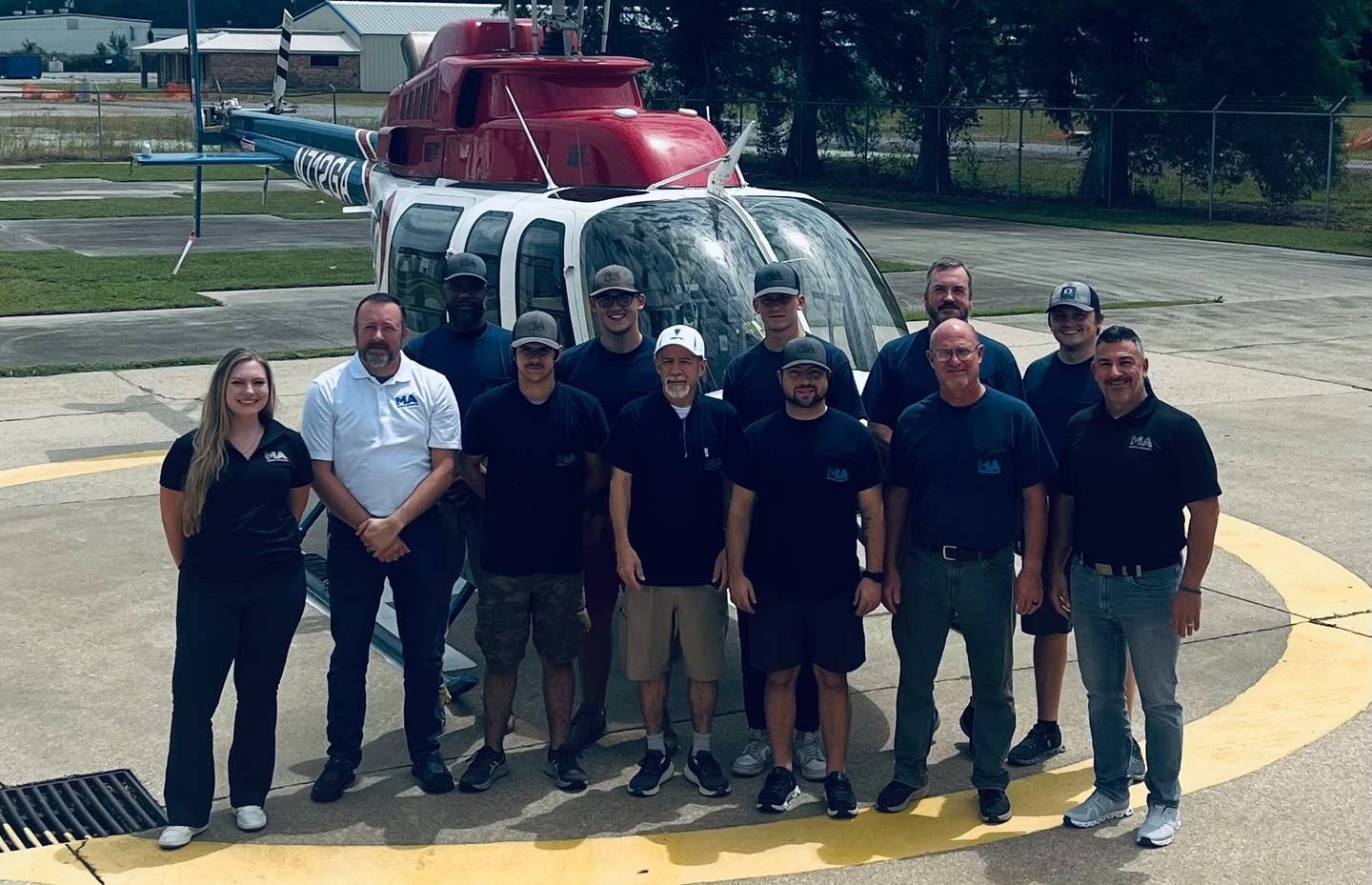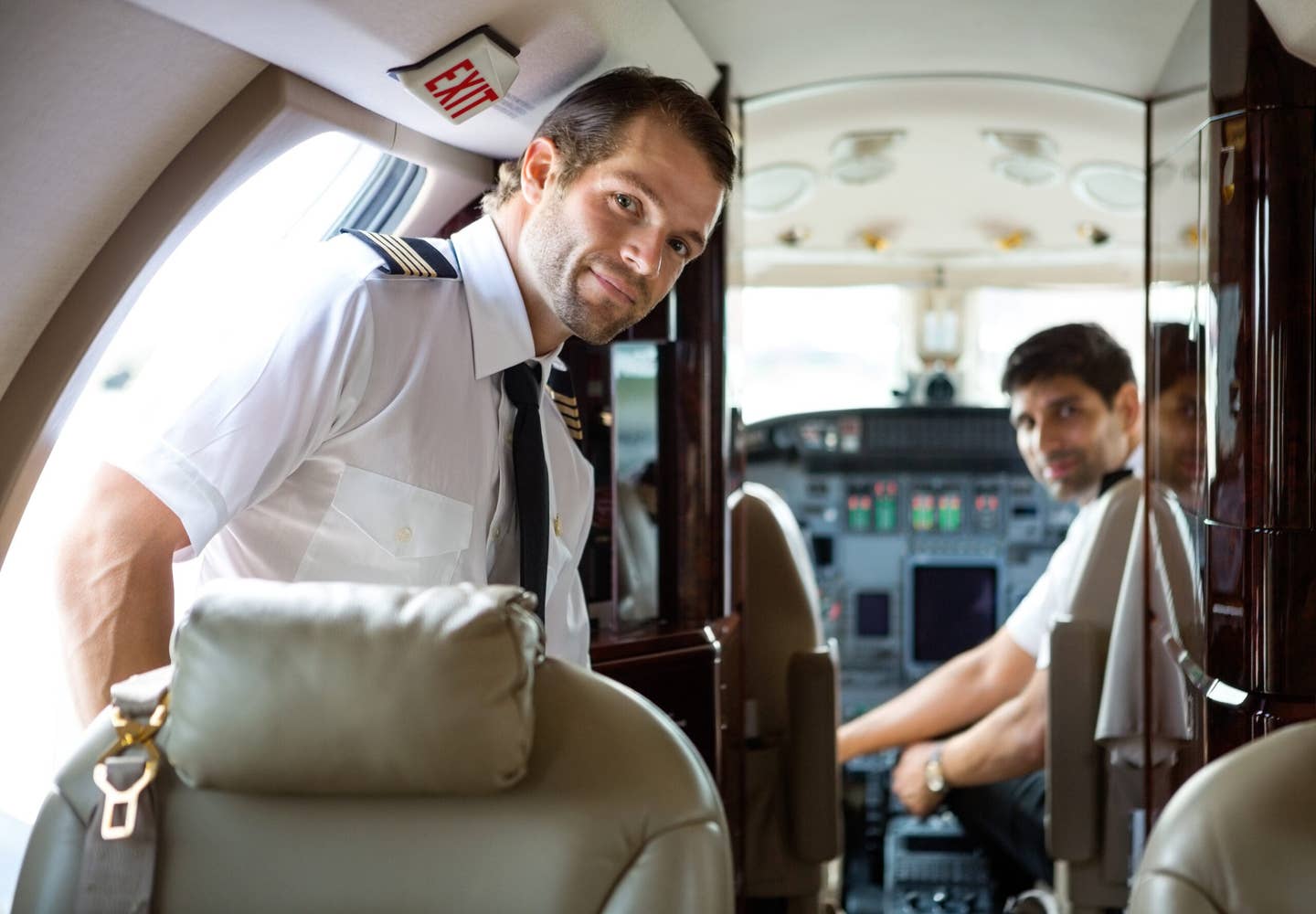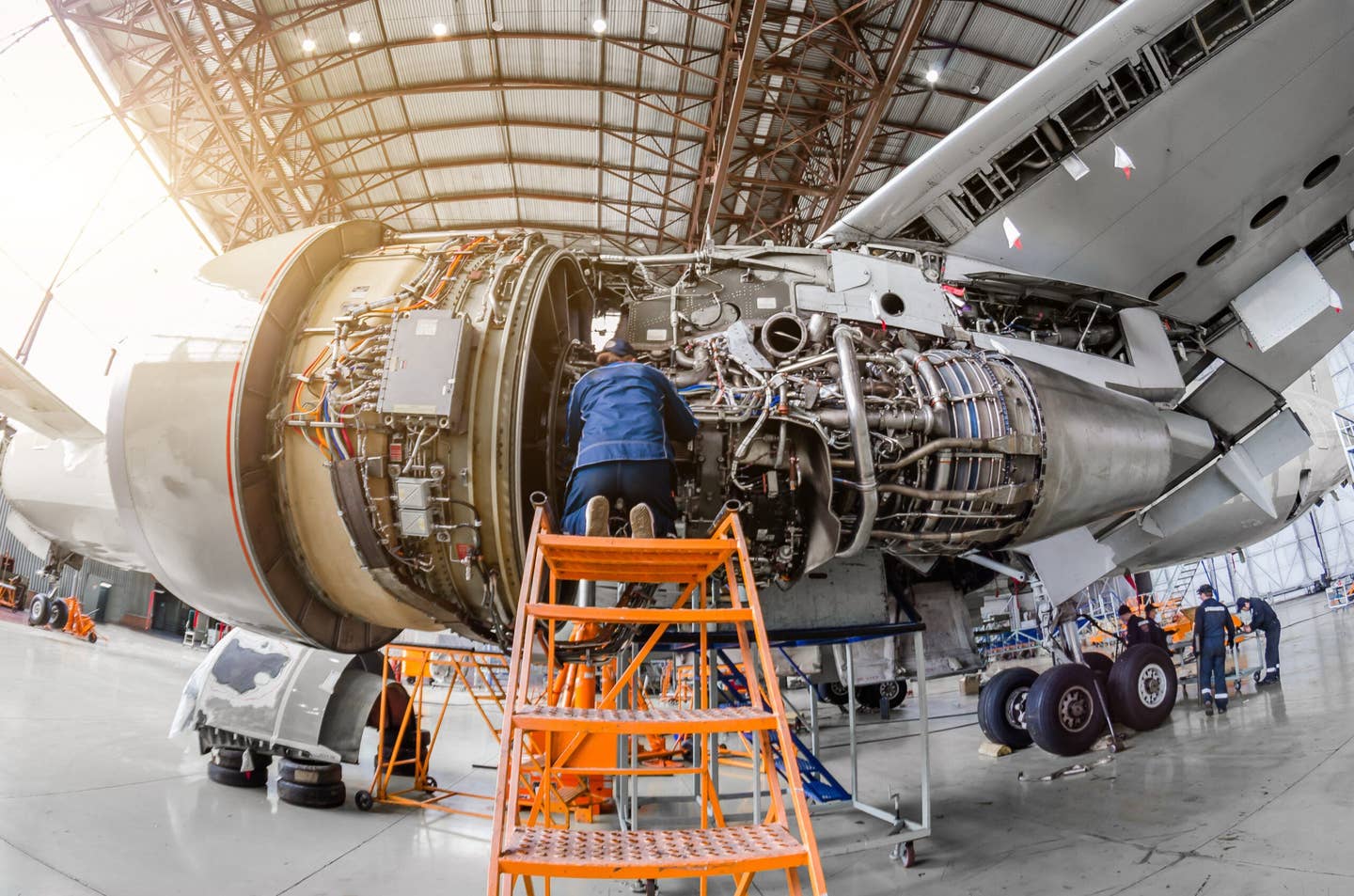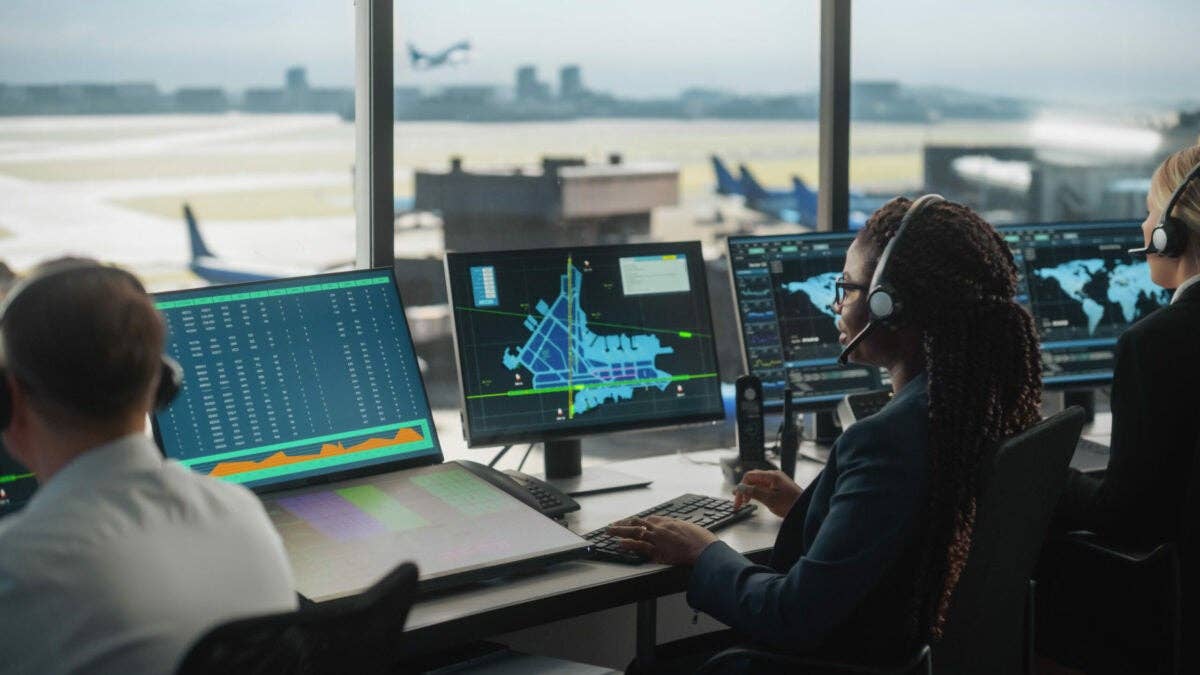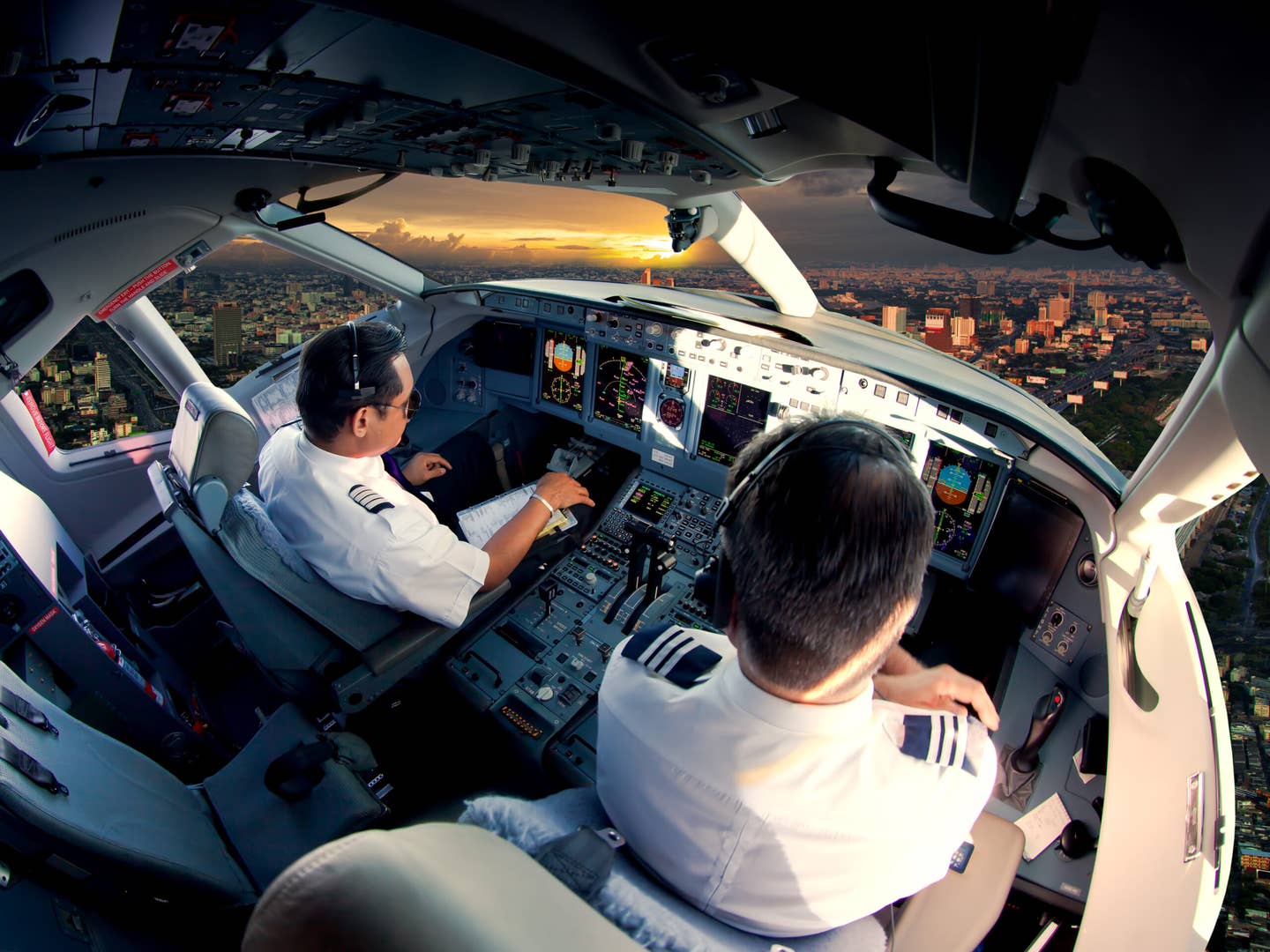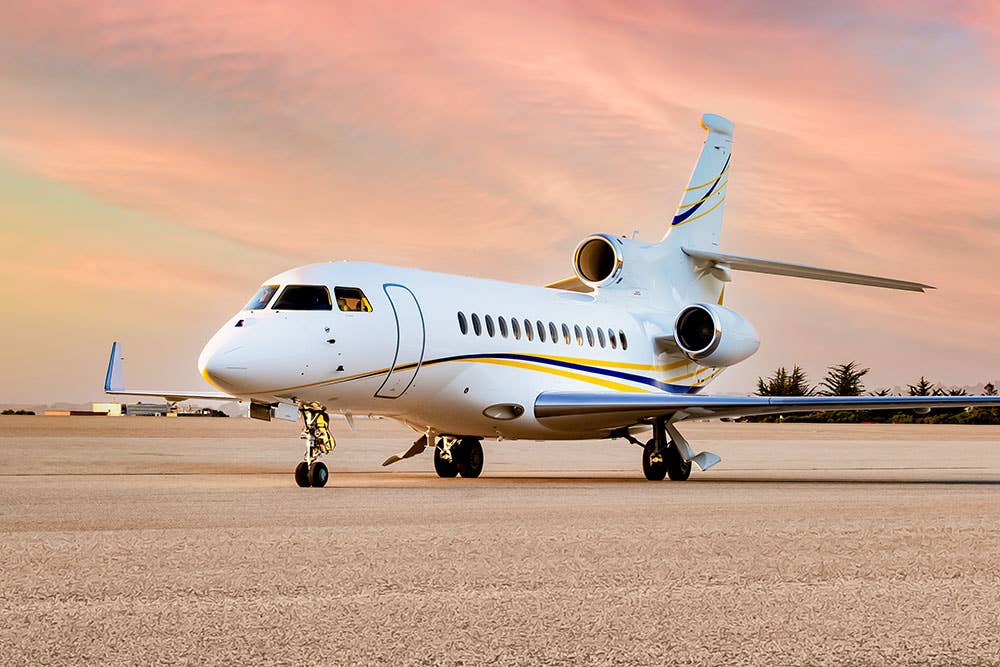How To Prepare for Your First Airline Training Program
One major milestone of an aviation career is passing your first Part 121 training program.
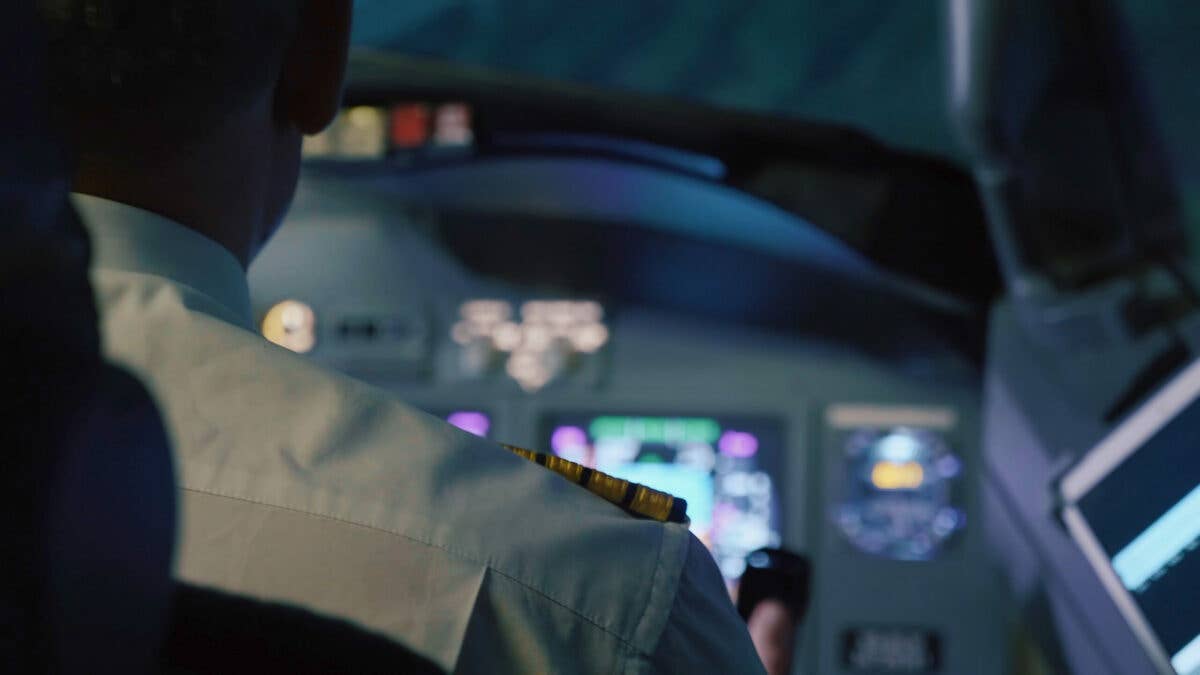
Almost all airline training programs today require a certain amount of self-study beforehand, usually including a mandatory computer-based training (CBT) course. [Credit: Shutterstock]
One of the major milestones of an aviation career is passing your first Part 121 training program. Whether at a regional or national airline, cargo carrier, or major, it is likely to be unlike anything you’ve done before.
For those from a civilian background, Part 121 training will be much more structured and proscribed than Part 61 or even Part 141 certification courses, while also being longer and more in-depth than previous aircraft checkouts. For military aviators, you’ll find airline training to be highly compressed compared to what you’re used to, with lower expectations regarding systems knowledge but a much faster pace of learning. Going from a civilian CFI or even military instructor pilot (IP) to airline training is a big jump, one made more stressful by the knowledge of how important passing your first Part 121 program is to your career. Failure at this stage would make it difficult to get hired elsewhere.
Thus far in my career, I’ve had the pleasure of preparing for, undertaking, and passing five different initial qualification (IQ) courses at three different airlines: Bombardier DHC-8 (Q400), Embraer 170/190, McDonnell-Douglas MD88/MD90, Boeing B757/767, and Boeing B737. I went through three of these programs as a new hire, one as a transitioning first officer, and one as a captain upgrade. Three were under the airline’s Advanced Qualification Program (AQP), and two were under old-school Part 121. Between these five programs, I’ve developed a pretty good system of preparing for airline training in ways that have set me up for success; each program has been easier than the last. These preparation tips are what I’d like to share with you today.
Clear Your Schedule, Clear Your Mind
When you’re first hired at an airline, there’s a lot out of your control, and your inclination will rightly be to take the first class that is offered and get that coveted seniority number. That said, I would highly suggest that you build a buffer of a few weeks between your current flying job and your class date. For civilians, this might mean a missed paycheck at a moment when you’re unlikely to be flush with cash. It’s tempting to work up to the last possible minute. I’d suggest you consider the extra time off an investment in setting yourself up for success. Most military aviators have terminal or separation leave to bridge the gap; if you can, I’d suggest using it to build yourself a buffer.
The reason for this is that almost all airline training programs today require a certain amount of self-study beforehand, usually including a mandatory computer-based training (CBT) course. You can certainly complete this while working at your current job, but retention is likely to be shaky, and you’re less likely to study more than the required minimum. Transitioning to a new transport category type—and especially an entirely new type of flying—requires a total and conscious “brain dump” of your current aircraft. This is difficult to do while still flying it.
Get 'The Gouge'
“Gouge” is military slang meaning the body of unofficial knowledge that one needs to pass a training program, start a new job, or fit in at a new posting. It implies a peeling away of unnecessary errata, telling you only what you really need to know. Gouge is often passed between new and old squadron mates and also extends to a transition to civilian flying. There is gouge about applying to airlines, acing interviews, and even passing training programs.
Over time in the civilian world, “the gouge” has become increasingly standardized and even officially adopted. For example, there are third-party training guides commercially available for all the most popular aircraft types (for the Boeing 737 alone, there are at least four, and I have two of them). The airlines have been increasingly accepting of “the gouge” and, in many cases, make it freely available to students. Every fleet at my airline, for example, publishes a Learning Objectives Document (LOD) with every systems question one might be reasonably expected to know, a Student Guide that finely details every lesson and checking event, various PowerPoint tutorials, FMS and auto-flight training software, and E-Brief videos that powerfully demonstrate every single maneuver you will do in training. All these are extraneous to the officially required manuals and CBT. They are resources of which the savvy student will avail themselves, and the sooner the better. It behooves you to make a good contact in the fleet you’re headed to—line pilot, check airman, or sim instructor, in ascending order of preference—and get “the gouge,” official and unofficial, in addition to the required manuals and training materials, well before you show up for class.
Study Early, Study Often
Once you’re actually in training, you will be drinking from a firehose. It will take enough effort to keep up; what you really don’t want to do is fall behind. The better prepared you are beforehand, the easier it will be to keep your head above water.
The very first thing I would start studying are the flow patterns for your fleet. Knowing your flows cold—even before you understand the systems that each flow covers—will make your early training go far, far smoother. Get a set of physical cockpit posters, tape them up wherever you are doing most of your studying, and practice your flows often. Once you move to your training hotel, bring the posters and put them up in your room.
The next things I work into my study are limitations and memory items. This is rote memorization, and you must learn it verbatim, so you can start studying these before you have much understanding of the aircraft. These items lend themselves to flash cards. I have created a thick deck of 3x5 index cards for every aircraft I’ve trained on. You can study these alone or use a non-pilot friend or family member. I use my wife to quiz me over dinner, in the car, and at the bar, and have always had limitations and memory items down cold at least two weeks prior to training.
If this is your first Part 121 operation, I would memorize everything in the flight operations manual (FOM) that relates to flight planning, dispatch, op specs (especially!), dangerous goods, and Part 117 crew flight and duty limitations and rest requirements. These all lend themselves well to rote memorization and flash card quizzing, and are important to get down sooner rather than later as airline programs vary widely in how much effort they put into teaching these items during ‘indoc.’ My airline, for example, includes a single hour of classroom training on op specs. For those unfamiliar with them, this barely scratches the surface.
Only then do I start learning aircraft systems. The company-provided/required CBT is a good starting point. I jot down notes and questions while going through it, particularly noting any items I got wrong on the CBT quizzes. After completing each system, I read the corresponding chapter of the aircraft systems manual, answering my questions and making further notes. Then I refer to the LOD, and then to my commercial study guide, noting any points of emphasis. Finally, I prepare flash cards for that system before moving on to the next section of CBT. I generally ensure that CBT is complete at least one week prior to training, giving me that week to study flash cards and start on procedures.
Once all this is done, you’ll have the knowledge required to start learning procedures, referring to your fleet’s aircraft operations manual. These will be taught early in your training, usually in a “paper tiger,” procedures training, or flight training device. It’s not necessary to have them down cold (except the associated flow patterns), as there will be subtleties of timing and emphasis best imparted by an instructor, but these lessons will go smoother if you are at least familiar with the procedures beforehand. The ground procedures are the most intensive (preflight, pushback, engine start, taxi, before takeoff, after landing, and shutdown/parking) and take the longest to get down, so place your emphasis there. In-flight procedures come much easier, and in-flight maneuvers take place much later in training (usually in a full-flight simulator), so you can delay study of these items until later.
Prepare Your Bubble
I don’t have kids, my spouse is self-reliant, and I’ve never lived in the same city as the training center while doing IQ, so this has always been pretty easy for me. It will be much harder for some of you. Nevertheless, it has to be said.
You need to create a training bubble for yourself, into which as few distractions as possible can penetrate. This means taking the airline up on their offer of a training hotel, even if you live nearby. It means leaving the spouse and kids at home. It may mean saving yourself the time and stress of commuting home when you have only one or even two days off between training blocks. This doesn’t mean you should spend four or five weeks nonstop in the pressure cooker of the training environment. It means that when you aren’t in the classroom, procedures trainer, or simulator, you need to leave yourself significant time to study, exercise, eat healthily, socialize with your training partner or partners, and study some more. The distractions of family and home life impede you from doing these things, so you need to minimize them. Explain the importance of what you are doing to your family; they’ll understand.
In a later installment of V1 Rotate, I’ll cover passing the Part 121 training program itself, but using these guidelines to prepare will go a long way in setting you up for success.

Subscribe to Our Newsletter
Get the latest FLYING stories delivered directly to your inbox

